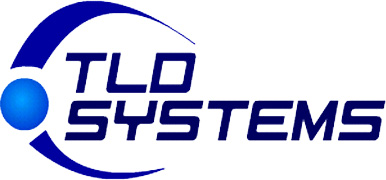“Need advice on codes and modifiers....
My associate removed painful hardware from a previous Lisfranc dislocation repair (only removed the hardware from the 1st met-cuneiform joint, not the other tarsometatarsal joints), and redid a 1st met - med. cuneiform arthrodesis with new hardware. He also did a sliding calcaneal osteotomy with fixation. He did a 1st proximal phalanx osteotomy. All on the right foot. Highmark insurance in PA was the health insurance carrier.
The codes he submitted were:
28310, 28300, 28735, 20680 with no modifiers.
I'm thinking the hardware removal is part of the 1st met-cuneiform arthrodesis procedure and he cannot bill for removal of the hardware. Is that correct? Or, can you sometimes bill for both?
Also, since he only fused the 1st met - med. cuneiform joint and hardware did not cross other joints, then the 28735 should actually be 28740.
I was going to put RT,59 modifiers on everything but the 28310, which would just get a T5 modifier, correct?
Just want to make sure this all is correct before submitting to our billing company.”
The CPT codes that were submitted are defined as the following:
28310- Osteotomy, shortening, angular or rotational correction; proximal phalanx, first toe (separate procedure)
28300- Osteotomy; calcaneus (e.g. Dwyer or Chambers type procedure), with or without internal fixation
28735- Arthrodesis; midtarsal or tarsometatarsal, multiple or transverse; with osteotomy (e.g. flatfoot correction)
20680- Removal of implant; deep (e.g., buried wire, pin, screw, metal band, nail, rod or plate)
Let’s take a look at the scenario and see how this should be coded. First of all, since hardware was removed from the original surgical site and replaced with new hardware as part of the revision arthrodesis, the removal of the hardware is considered to be incidental to the arthrodesis revision where new hardware is utilized. Therefore, CPT code 20680 is not billable.
Since only the 1st metatarsal-cuneiform joint was fused, it would be incorrect to bill CPT code 28735 for 2 reasons.
1. Only one joint was fused.
2. An osteotomy was not involved in the performance of this procedure even if more than one joint was fused.
Therefore, the appropriate CPT code to bill would be CPT code 28740- Arthrodesis; midtarsal or tarsometatarsal, single joint.
The sliding osteotomy with fixation of the calcaneus would be appropriately coded with CPT code 28300.
The osteotomy that was performed within the proximal phalanx of the great toe would be correctly coded with CPT code 28310.
Now let’s put together the coding scenario:
When the NCCI edits are accessed, CPT code 28740 is a Column 1 code to CPT code 28300 the Column 2 code. In theory, they are bundled together, and CPT code 28300 is not separately reimbursable. However, clearly both procedures are performed within separate structures within the right foot allowing CPT code 28300 to be billed with the appending of the 59 modifier to indicate a Distinct Procedural Service.
So, here it is:
28740 – RT
28300 – 59, RT
28310 – T5
This is my opinion.
Michael G. Warshaw, DPM, CPC
THE 2025 PODIATRY CODING MANUAL IS STILL AVAILABLE in either Book or Flash-drive formats. It has been completely updated for the calendar year 2025. Many offices across the country consider this to be their “Bible” when it comes to coding, billing, and documentation. The price is still only 125.00 including shipping! To
purchase, access the website drmikethecoder.com.
No credit card? No problem! Just send a check for 125.00 to the following address:
Dr. Michael G. Warshaw
2027 Bayside Avenue
Mount Dora, Florida 32757



Read Comments